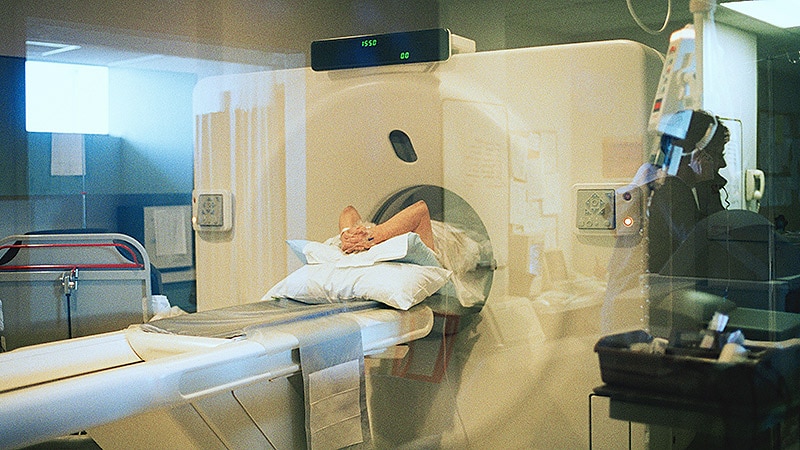Takeaway
- Patients with chronic obstructive pulmonary disease (COPD) are at an increased risk for fracture and despite this, there is no systematic assessment of fracture risk in these patients.
- Fracture risk prediction tools identify patients with COPD at increased risk for fracture.
Why this matters
- The Global Initiative for COPD strategy recommends that co-existence of osteoporosis should be considered in COPD, and the UK National Institute for Health and Care Excellence osteoporosis guidelines consider COPD as a secondary cause of osteoporosis encouraging the use of fracture prediction tools.
Study design
- Study included 80,874 participants with COPD and 308,999 without COPD using UK primary health care records from The Health Improvement Network database.
- Incidence of hip alone and all MOFs, accuracy of fracture prediction tools and prevalence and incidence of coded osteoporosis were assesed.
- Funding: COPD ‘Open Air’ research.
Key results
- Patients with COPD vs those without were at an increased risk for hip alone (HR, 1.67; 95% CI, 1.56-1.80) and MOFs (HR, 1.60; 95% CI, 1.52-1.69), which was largely mediated through oral corticosteroid use, body mass index and smoking.
- Both FRAX and QFracture risk prediction tools showed similar accuracy for hip fracture (receiver operating characteristic [ROC] curve, 76.1%; 95% CI, 74.9-77.2%).
- FRAX tool had higher accuracy for MOF vs QFracture tool (ROC curve, 71.4% [95% CI, 70.6-72.2%] vs 61.4% [95% CI, 60.5-62.3%]).
- Compared with those without COPD, patients with COPD had higher prevalence (5.7% vs 3.9%; P<.001) and incidence of coded osteoporosis (HR, 1.96; 95% CI, 1.87-2.05).
Limitations
- Incidence of osteoporosis based on clinical codes reflects an underestimation of the true risk for osteoporosis.
References
References


